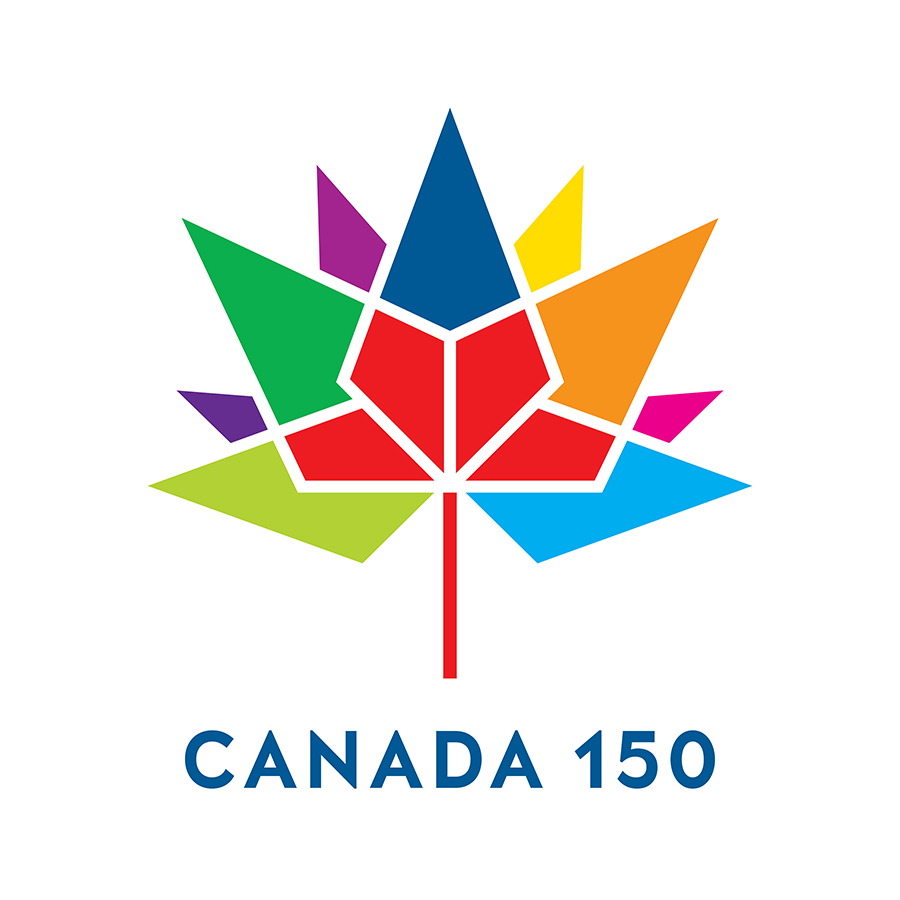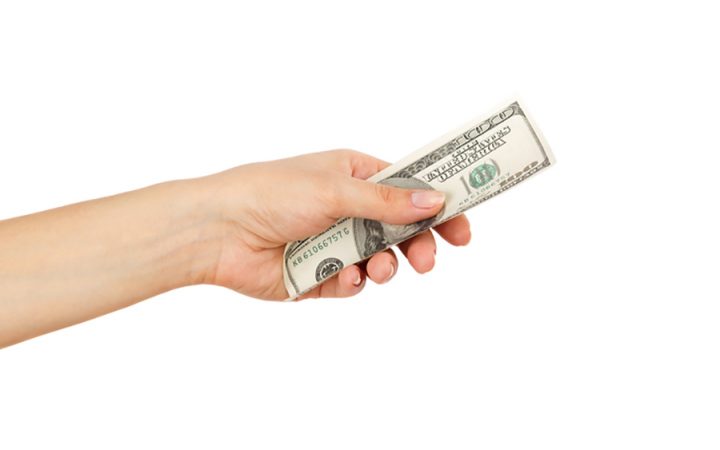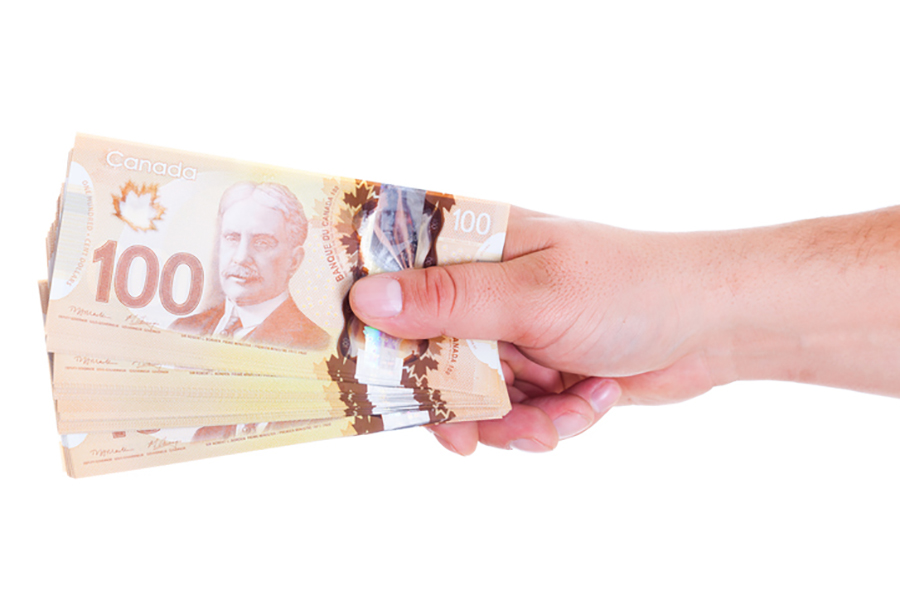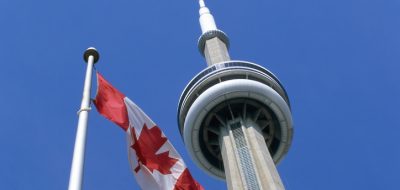|
 RVing and Canadian currency — what you need to know.
RVing and Canadian currency — what you need to know.
American RVers planning a trip up to Canada should not forget to obtain some Canadian currency sufficient to cover their cash needs. This will save you money and hassle: Although U.S. dollars are accepted in many Canadian businesses, the U.S.-Canada exchange rate in retail purchases is inferior to the U.S.-Canada exchange rate available at banks.
For example, the actual current exchange rate (at the date of this posting) available at banks is about $1.35 Canada for $1 U.S. But Canadian retailers will only give you a 10% to 20% rate, or $1.10 to $1.20 Canadian for each U.S. dollar.

You can get the amount of Canadian currency you will need through your local U.S. financial institution. However, you should order it a few days prior to your trip to allow them time to have the required amount in house. Check out the current exchange rate with the Bank of Canada Daily Currency Converter.
If you wait until you cross the border into Canada, you can exchange your U.S. dollars for Canadian dollars in a bank in Canada. Many banks post the current exchange rate. Generally, financial institutions add on a fee of about 2.5% on both buying and selling foreign currency. For larger transactions involving thousands of dollars, these rates are usually far lower, depending on the amount and who you are dealing with. RVing and Canadian currency can get complex.
RVing and Canadian Currency: Rates
Rates are expressed two ways, the cost of one Canadian dollar and the worth of one U.S. dollar. For example, if one U.S. dollar buys $132.50 Can., then the Canadian dollar is worth $0.75. So don’t mistake a $0.75 Canadian dollar to mean $1.25 U.S. That extra $0.25 is also only valued at the lower rate.
Keeping the Change
Now, as far as change or coins goes, there are some things you must be aware of. First, Canada does not use pennies any more. While they are still accounted for in invoices, charge cards and the like, tangible change is rounded up or down to the nearest nickel. Additionally, the one- and two-dollar currency pieces are coin. The one is called a Loonie while the two a Toonie.
U.S. coin is generally accepted everywhere in Canada, at face value. But as you probably know, the same can’t be said about Canadian coin in the U.S. So spend what you can prior to returning home, or be prepared to save it for the next trip.
Peter Mercer – Getting The Most Bang For Your Buck










Anonymous
Canadian Small cents George V starting 1920 – 1972